This week we have a great collection of new parts, boards and modules: a version of the TFMini LiDAR module that can connect to the SparkFun Qwiic connect system, a Triad Spectroscopy Sensor (also equipped with Qwiic connectors), a radio telemetry kit for the Pixhawk, a new bladeRF SDR and case, and the SmartLED Shield for Teensy to help you control LED matrices and APA102s.
The TFMini is a ToF (Time of Flight) LiDAR sensor capable of measuring the distance to an object as close as 30 centimeters and as far as 12 meters! As with all LiDAR sensors, your effective detection distance will vary depending on lighting conditions and the reflectivity of your target object, but what makes this sensor special is its size. Measuring only 42x15x16 mm, the TFMini allows you to integrate LiDAR into applications traditionally reserved for smaller sensors such as the SHARP GP-series infrared rangefinders. With the added Boost Board and Qwiic feature, you can quickly connect to the sensor via I2C!
Try saying it three times fast!
The SparkFun Triad Spectroscopy Sensor is a powerful optical inspection sensor. Three AS7265x spectral sensors are combined alongside visible, UV and IR LEDs to illuminate and test various surfaces for light spectroscopy. The Triad is made up of three sensors - the AS72651, the AS72652 and the AS72653 - and can detect the light from 410 nm (UV) to 940 nm (IR). In addition, 18 individual light frequencies can be measured with precision down to 28.6 nW/cm2 and accuracy of +/-12%. Utilizing our handy Qwiic system, no soldering is required to connect it to the rest of your system. However, we still have broken out 0.1"-spaced pins in case you prefer to use a breadboard.
More accessories for your Pixhawk!
The Radio Telemetry Kit for Pixhawk is a small, lightweight, inexpensive open source radio platform that allows for ranges farther than 300 m out of the box, with the ability extend to several kilometers with the use of a patch antenna on the ground. This telemetry kit includes two radio modules, USB cable, Android adapter cable, two JST-GH cables, two right-angled RP-SMA connectors, and two 915MHz antennas.
Still a finely-honed edge on this blade
The bladeRF 2.0 micro xA4 is the next generation Software Defined Radio (SDR), packed into a small form factor and designed for high-performance and mobile applications. This model of the bladeRF offers a frequency range of 47MHz to 6GHz, 61.44MHz sampling rate and 2×2 MIMO streaming. Students and RF enthusiasts will find the bladeRF 2.0 micro xA4 an easy-to-use option to explore wireless communications, while still providing the powerful waveform development platform expected by industry professionals.
Of course if you want to protect your new SDR, we also carry a durable enclosure for it!
LED matrices are getting more powerful with each passing year, requiring a more powerful board to control them. That's where this shield comes in! The SmartLED Shield V4 is the next iteration of the SmartMatrix Shield, and provides you with a bridge from your Teensy 3.1, 3.2, 3.5 or 3.6 to your large LED matrix. The shield makes it easy to connect the 13 signals required to drive the display, connects an external 5V supply to power the display and Teensy and brings out the Teensy’s free signals to a convenient header.
As always, we can't wait to see what you make! Shoot us a tweet @sparkfun, or let us know on Instagram or Facebook. We’d love to see what projects you’ve made!
We'll be back next week with even more fantastic new products!
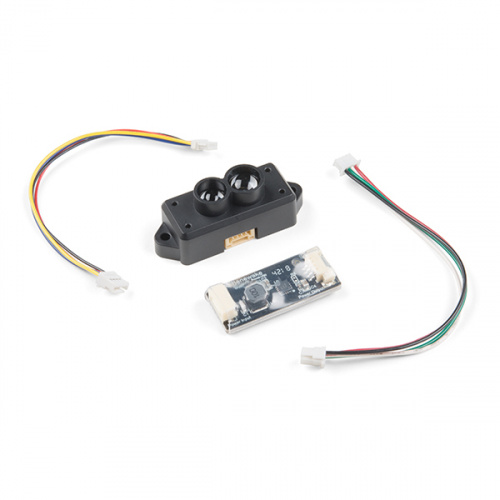
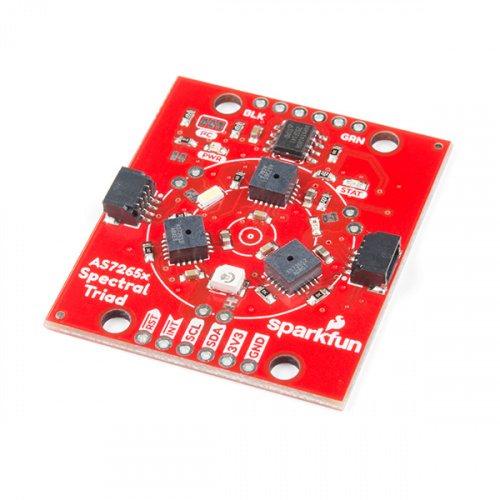
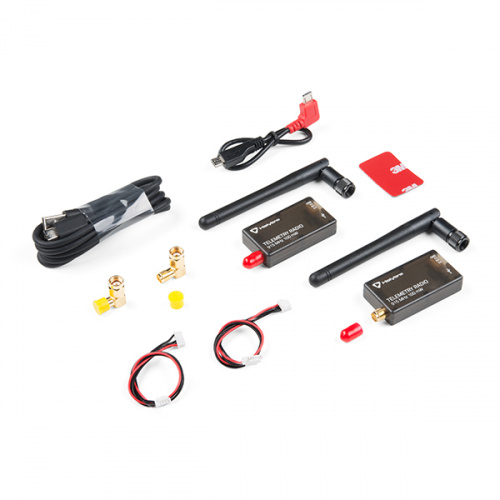
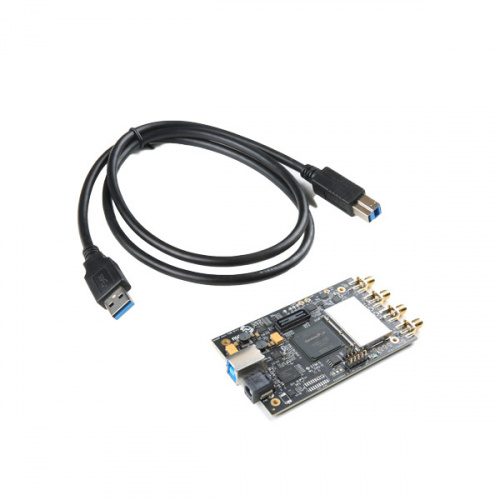
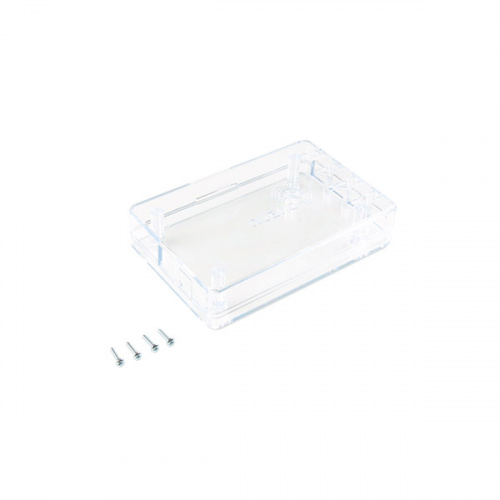
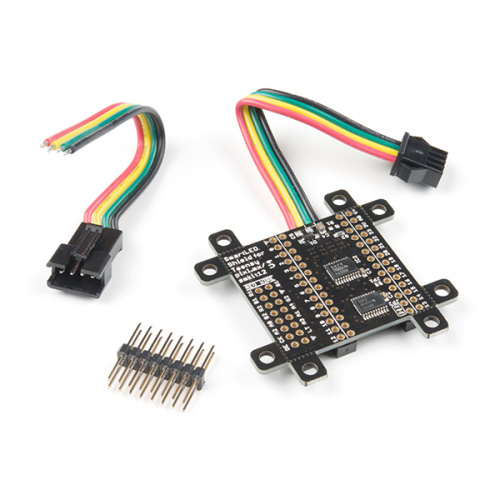
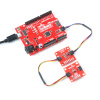






I really love bladeRF's design. The bladeRF's design has been tested and verified to meet our very high standards. Every device is capable of effortlessly and faithfully transceiving even the highest order modulations. At peak RF performance, the bladeRF can occupy 2x2 56MHz of bandwidth over its operating frequency range without significant distortions and EVMs around 1%. Always cool electronics. Thanks.
In the video on the bladeRF, the text display shows 47 milli Hertz (mHz), while the person (and the unit's page) says 47 mega Herts (MHz). Although the person who made this error may think it's a bit "nit picky", it does happen to be a difference of a billion...
Off on a different tangent, although the outakes are funny, it occurs to me that maybe someone at SparkFun might take on a "DIY teleprompter"... ;-)